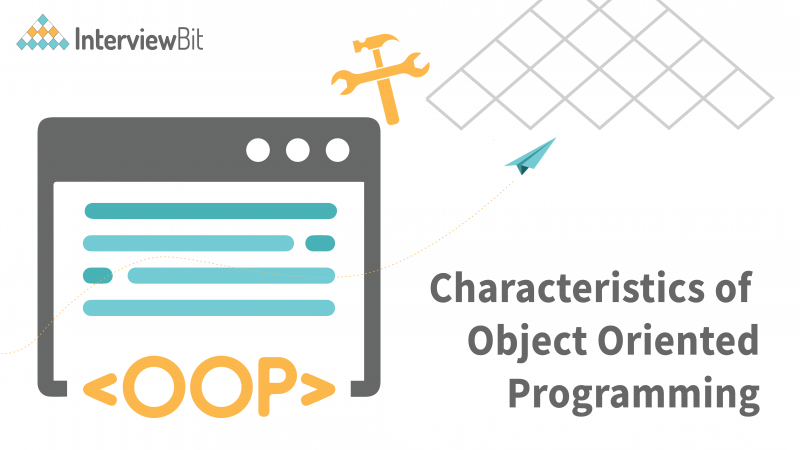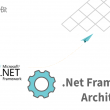Object-oriented programming (OOP) has become one of the most popular programming paradigms at the current time. Almost every major programming language provides some form of OOP support, making it a very accessible option for programmers of various levels and domains. Because of this, there are many people who question why OOP is as popular as it is. There are also those who strongly oppose this programming paradigm and its use within their organizations. However, few people have taken the time to discuss why so many programmers have latched onto OOP over other algorithmic frameworks. These are the main characteristics that make object-oriented programming so effective. Keep reading to learn more about how object orientation improves software development workflow, lowers construction costs, and increases code readability and maintenance costs effectiveness.
What is Object Oriented Programming?
Object-oriented programming (OOP) is a software design approach that focuses on breaking large programs into smaller, more manageable components called objects. This allows for easier maintenance and improved program organization. OOP enables applications to be more flexible and extensible. It also promotes code reuse, which helps to reduce development costs. One of the key benefits of object-oriented programming is that it makes it easier to write modular code. Because the individual parts of an application are independent objects, it’s possible to write code that can be reorganized and reused without affecting other parts of the program. This makes it possible to build complex applications with fewer lines of code than would otherwise be required. Another advantage of OOP is that it allows an application to be more flexible and extensible. Because each component of an application is an object, it’s possible to make changes to one part without having to update or redesign the entire program. This means that applications can be built with a greater degree of customization than they could otherwise be.
Finally, OOP promotes code reuse. Because each component is an object, it’s possible to reuse existing code in new applications without having to write it from scratch. This reduces development costs and makes it easier for developers to build complex applications with fewer lines of code than would otherwise be required.
Confused about your next job?
Example:
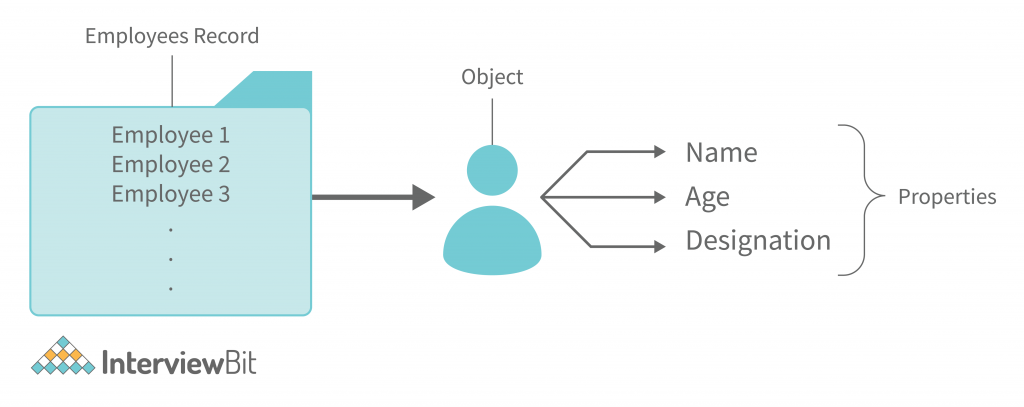
An example of an employee record is provided above where each employee can be viewed as an “object”. Since every employee has a name, age, and job role, these can be considered the “properties” of that employee.
Top Characteristics of Object Oriented Programming:
Let us begin by exploring the characteristics of Object Oriented Programming (OOP):
Object-Oriented Development (OOD):
The first characteristic of object-oriented programming is its emphasis on objects. The most basic form of OOP is when a developer defines objects. These objects can be used to define business rules, exchange data, and even control what happens in the programming environment. OOD is the process by which programmers create these objects. They create a blueprint that defines how these objects will behave when they interact with each other. This blueprint is called the interface. The blueprint is created by specifying the methods that an object will be able to perform when it interacts with other objects. These methods are often referred to as functions. Other aspects of the object that can be defined via the interface include properties, which are the attributes of the object that can be accessed by other objects. The interface between objects is not static. It can be changed by the programmers to account for new interactions between the objects. This is the advantage of OOP – it allows programmers to expand and change their programs as needed.
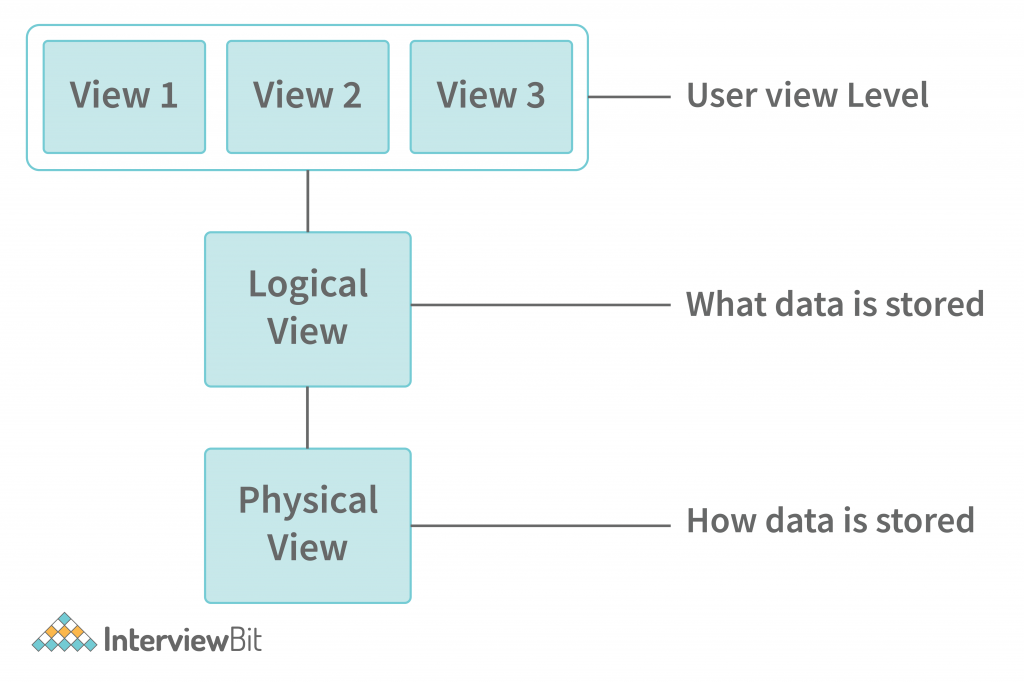
Encapsulation:
Another characteristic of OOP is that it emphasizes the encapsulation of data and functionality within objects. Objects are defined with specific functionality that governs the interactions between the objects. Encapsulation of data is an extremely important aspect of OOP. This is because it prevents hackers from modifying data that is stored in the database. If hackers are able to modify the data in the database, it could have disastrous effects on the organization. Encapsulation is the process by which programmers isolate data within the object. It prevents hackers from viewing the details of the data and the database structure itself. Encapsulation and abstraction of data are the two main components of the OOP paradigm that improve security. They are essential to any programming framework that is intended to store sensitive data.
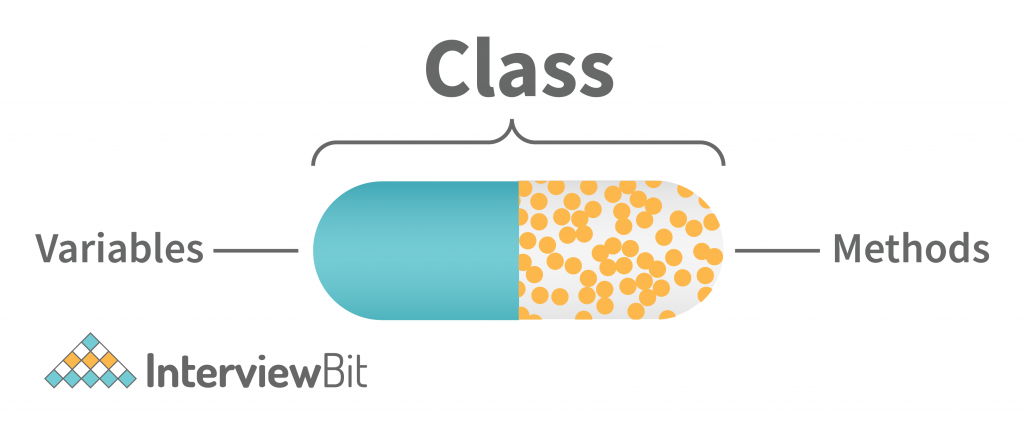
Abstraction:
Next, we have the characteristic of abstraction. This is the process of creating reusable objects that are designed to standardize common business logic. An important part of abstraction is the way that the objects are used. They should be used in a consistent manner across many different applications. This helps to standardize the logic and makes it easier to maintain across various programs. In addition to helping to standardize the logic and make it easier to maintain, abstraction makes it easier for others to use OOP in their programs. It encourages collaboration between different parties, making it easier to create programs that integrate disparate data sets and functionality. It is possible to create applications that are much more scalable and maintainable than traditional non-OOP applications. However, abstraction is essential to making this possible.
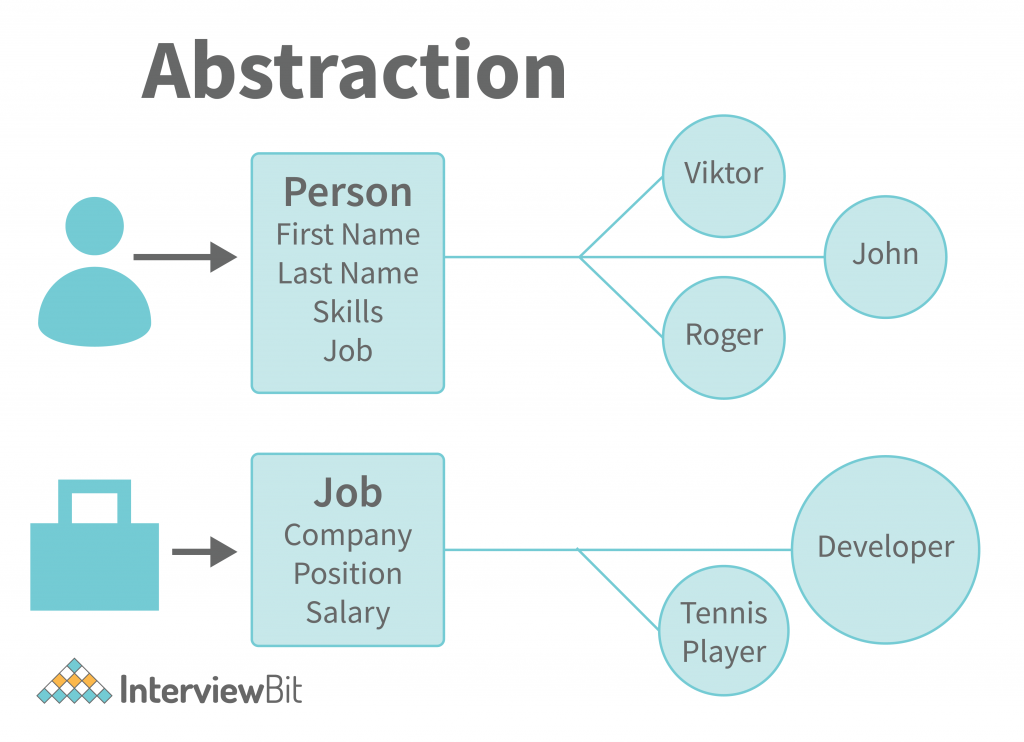
Classes and Objects:
The next characteristic of object-oriented programming is the definition of classes. A class is where the blueprint for an object is defined. The blueprint defines the methods, attributes, and other aspects of the object. Objects are created from classes. A class is also known as a blueprint for an object. It defines properties, methods, and other aspects associated with the object. Objects are created from classes. A class is essentially a blueprint for an object. It defines properties, methods, and other aspects associated with the object.
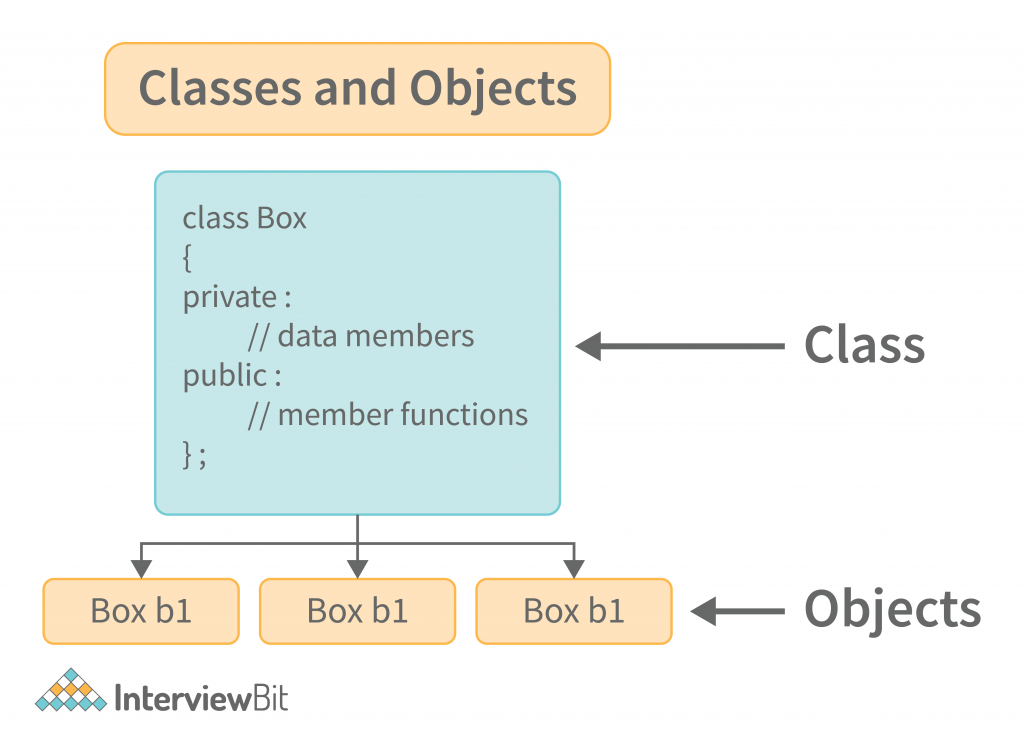
Inheritance and Composition:
Another characteristic of OOP is inheritance and composition. Inheritance is the process of allowing one object to create another. It essentially allows one object to “inherit” the properties, methods, and other aspects of another object. Composition is the process of combining multiple objects to create a new and unique object. It essentially allows programmers to reuse the elements that are specific to other objects to create a new and unique object. Combining objects and inheriting their properties is one of the most important aspects of OOP. It is the way that objects are created and used in any programming language. It is the foundation of OOP.
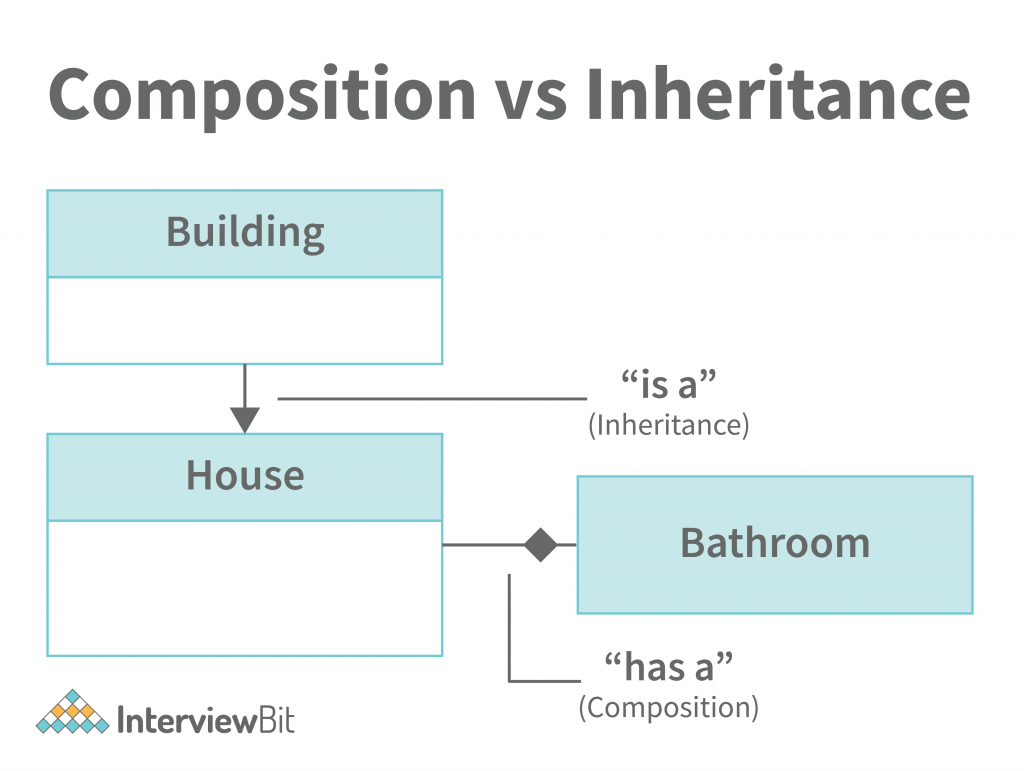
Binding:
Binding is the process of linking some property of an object to another object in your application. For example, you can bind a text box to the text property of a button so that when the button is selected, the text box’s value gets set to whatever was entered into the text box. If you’re building a web application and you want a form to submit data to your server, binding that form to a button will make it much easier to handle and debug your code as it’s executed on the server. There are two types of binding: dynamic binding and static binding. Dynamic binding occurs when the value of an object changes and this causes the value of another property of an object to change. Static binding occurs when one property of an object is set directly, without changing another property. Static binding makes it very easy for developers to understand where their code is executing in the application because it gives them control over exactly what values get set in each property. On the other hand, dynamic binding can be more difficult because it enables you to change properties based on user input or other events within your application. Dynamic binding also has more potential for errors because changing one property can cause unexpected changes in other properties and can even lead to crashing your app if something went wrong during execution.
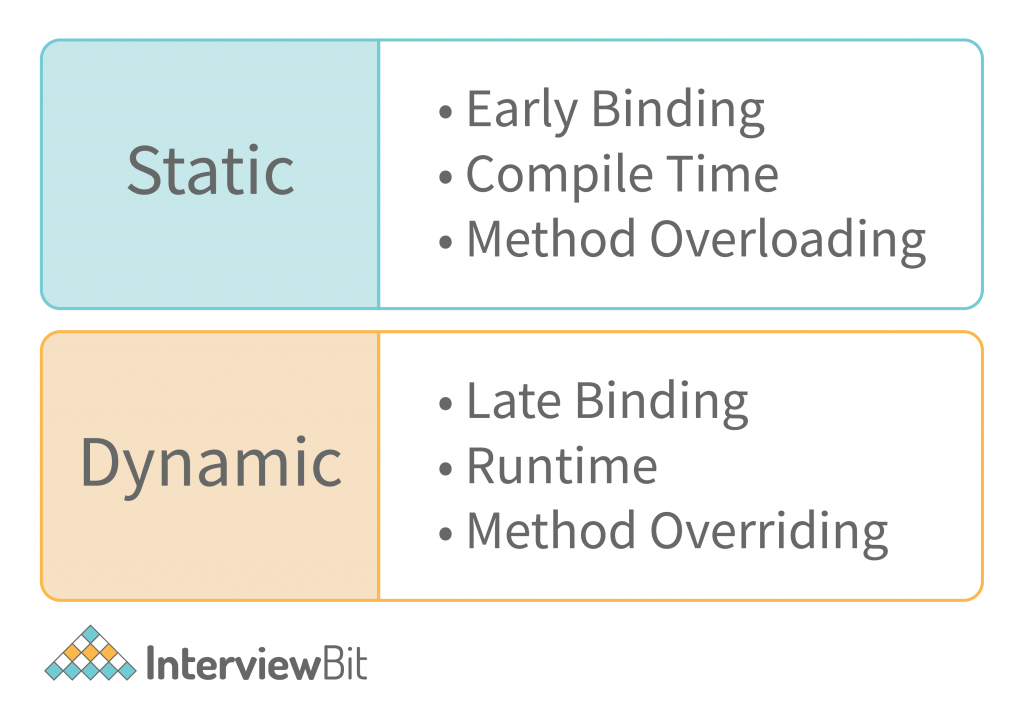
Message Passing:
The ability to pass data around a program is a very important aspect of object-oriented programming. The basic idea behind passing data is that each object keeps track of its own state, but also knows how to pass its state along to other objects. When an object wants to send some information to another object, it can simply do so by calling the appropriate method on that other object. This allows objects to communicate with each other and build complex chains of objects together. One way in which objects can communicate is through message passing. Message passing is essentially the act of sending a message from one object to another. Each object has a specific “address” that other objects can use to send them messages. When an object receives a message, it simply reads the message and does whatever it needs to do based on the message. In this way, the entire program can be made up of multiple objects communicating with each other. With message passing, it becomes much easier for programs to become more complex and for objects to interact with each other in interesting ways. Message passing is one of the most basic forms of communication in OOPS, but it’s still an important concept to understand if you want to write more sophisticated programs.
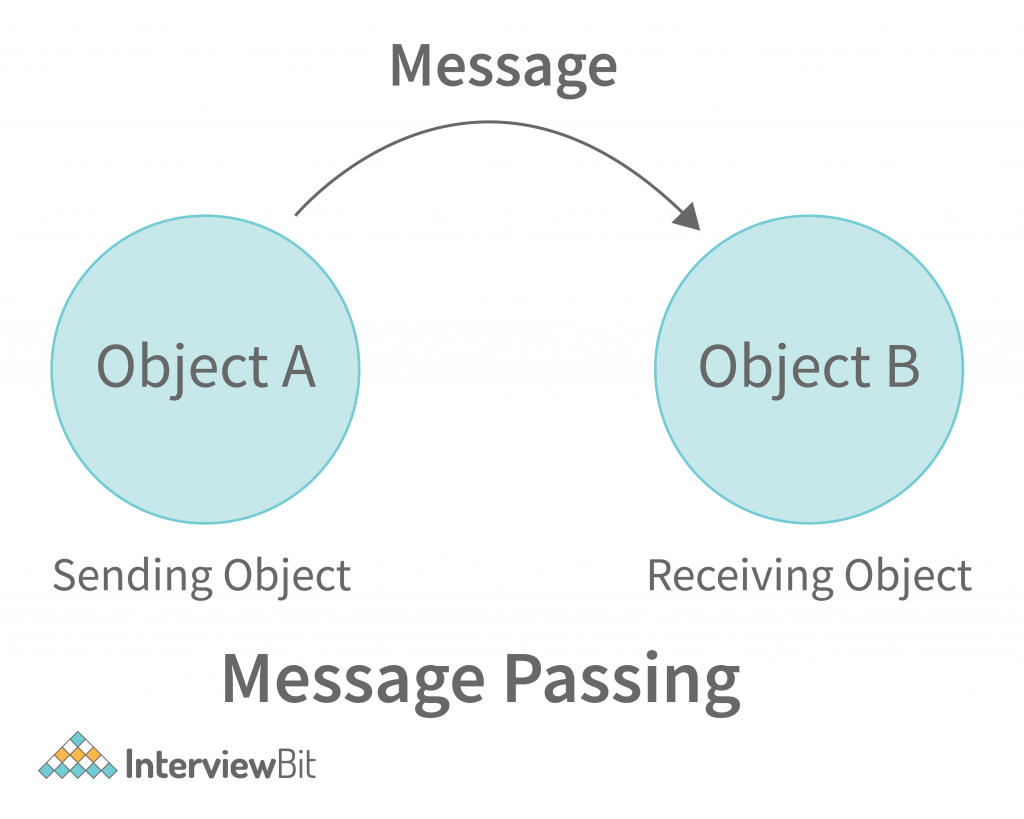
Conclusion
There are many reasons that make object-oriented programming so popular. These include better code quality, increased productivity, and increased maintainability. It is also more scalable and easier to understand. However, there are some main factors that make this programming paradigm so popular at the moment. These include the need for applications to have a seamless transition between desktop and mobile platforms, the demand for interactive and responsive interfaces, and the need for data-driven decisions. Now that you have a better understanding of what makes object-oriented programming so effective, it’s time to take the plunge and become an effective OOP programmer!







 Join WhatsApp Group
Join WhatsApp Group
